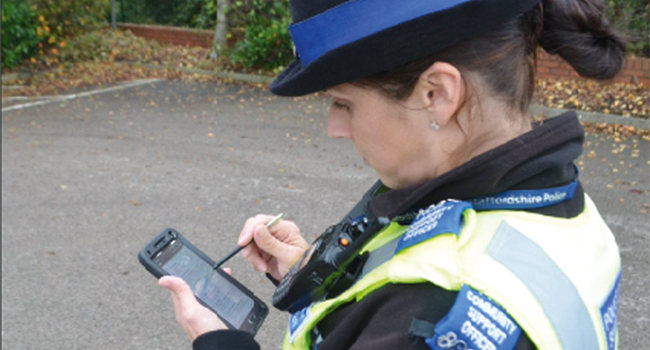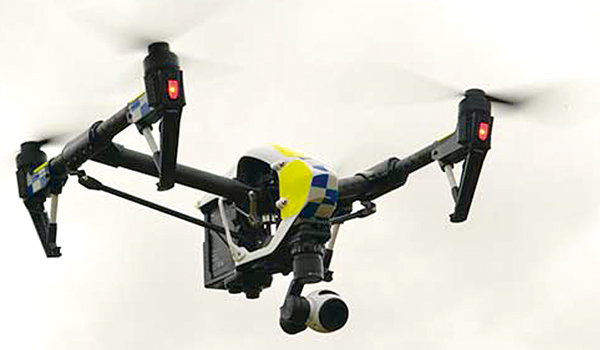Lincolnshire Police gets a birds eye view
Controllers at Lincolnshire Police command and control centre can now zoom into detailed aerial views of crime scenes and incident locations to provide immediate added intelligence for officers.

Controllers at Lincolnshire Police command and control centre can now zoom into detailed aerial views of crime scenes and incident locations to provide immediate added intelligence for officers.
The latest high-resolution aerial photography is set to help Lincolnshire Police in the fight against crime and its response to major incidents.
The Lincolnshire force is deploying a countywide GeoPerspectives aerial photomap, supplied by aerial survey company Bluesky. The photography is already being accessed by some users of the forces intranet and work is underway to integrate the photomap as a data layer within its geographical information system (GIS) so that the aerial photography can be viewed within the force command and control centre.
The Bluesky imagery is already being used in some operational orders and contingency plans, providing additional intelligence for the management of a wide range of incidents.
Some users of Lincolnshire Polices intranet can currently access the photography at their desktop and it is intended that this capability will soon be made available to call takers and controllers within the force communications and control centre, enabling them to better identify and visualise locations as they are described to them by callers.
This same facility will also be made available to help incident commanders manage their response when remote from the incident.
Aerial photography gives us important intelligence for managing the response to incidents and investigating incident scenes, said Ian Watkins, emergency planning officer for Lincolnshire Police.
Although it is early days of implementation within our command and control operations, we feel it will be a great asset in ensuring we can optimise resources and provide a fast and effective response.
Lincolnshire is one of the largest and fastest-growing rural counties in the UK, presenting the police with a range of unique challenges and opportunities in serving the population.
Site or area-specific images can be used, in printed format by deployed staff or electronically as part of briefings, to give a more realistic view of what responding officers may be faced with when arriving at an incident and allowing unmapped features to be considered during the construction of plans.
Introducing the Bluesky aerial photography as a data layer within the forces GIS will enable images to be viewed instead of, or simultaneously with, normal map data within the National Strategy for Police Information Systems (NSPIS) command and control system.
Using aerial photography as part of a GIS package allows the overlaying of important data which can highlight problem areas or crime blackspots and see exactly what the underlying area looks like.
Becuse it gives the ability to see the land as a photograph rather than a series of lines commonly associated with traditional mapping, potential problems that may affect emergency response times can be quickly observed.
It is not always possible to obtain aerial views of an ongoing incident scene, added Mr Watkins. Weather conditions, lack of helicopter resources or risk issues are common so this data will become an invaluable resource.
Aerial photography provides a wealth of information that cannot be found on traditional cartographic mapping. In digital form, it is compatible with many software products, including GIS and CAD packages, allowing the imagery to be analysed alongside other geospatial datasets.
Command and control
Using aerial photography alongside mapping allows officers to track and deploy resources more efficiently. Combining it with real-time GPS allows an informed picture of the surrounding area of an incident to be developed, allowing the command centre to decide on the best route to take to an incident by viewing the land on screen, effectively cutting response times. This means information-rich decisions can be made in a fraction of the time of visiting



